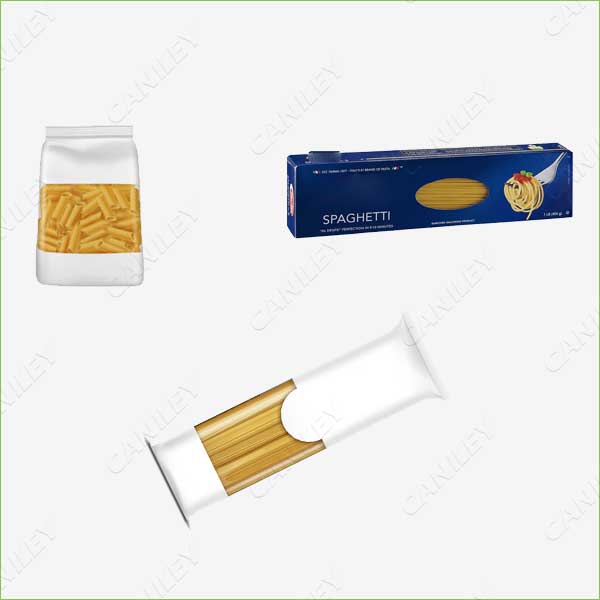Pasta is a popular staple food enjoyed by millions of people worldwide. Its popularity can be attributed to its versatility, ease of preparation, and delicious taste. However, not many people give much thought to the type of packaging used for pasta. In reality, the packaging of pasta is just as important as the pasta itself. Different types of pasta require different types of packaging to maintain their quality and freshness. But what type of packaging is used for pasta?

Firstly, let’s take a look at the most common type of pasta packaging: the box. The box is a tried and tested packaging method that has been used for decades. It is generally used for long and thin pasta shapes such as spaghetti, linguine, and fettuccine. The box is made of cardboard or paper, and it protects the pasta from moisture and light, which can cause the pasta to spoil. The box also keeps the pasta strands from breaking during transportation and storage. It is a convenient packaging option that is easy to stack and store in the pantry.
Another common type of pasta packaging is the bag. The bag is generally used for shorter and thicker pasta shapes such as penne, rigatoni, and macaroni. The bag is made of plastic or paper and is sealed with a zip lock or twist tie. The bag protects the pasta from moisture and light, but it does not provide as much protection against breakage during transportation as a box. However, the bag is more convenient than a box because it takes up less space in the pantry and is easier to pour into a pot.
For fresh pasta, the packaging is usually a clear plastic container or a plastic bag with a resealable zipper. Fresh pasta has a shorter shelf life than dried pasta, so it requires packaging that provides a good seal to keep it fresh. The clear plastic container or bag allows the consumer to see the pasta and check for any signs of spoilage, such as discoloration or a sour smell. Fresh pasta is usually sold in the refrigerated section of the grocery store, and the packaging must maintain a specific temperature to ensure the pasta remains fresh.
Finally, some premium pasta brands may use more luxurious packaging options such as metal tins or glass jars. These types of packaging are more expensive and are usually used for artisanal or high-end pasta products. The metal tin or glass jar not only protects the pasta from moisture and light but also adds an element of sophistication and elegance to the product.
The packaging of pasta is just as important as the pasta itself. Different types of pasta require different types of packaging to maintain their quality and freshness. The most common types of pasta packaging are boxes and bags, while fresh pasta is usually packaged in clear plastic containers or bags. Premium pasta brands may use more luxurious packaging options such as metal tins or glass jars. Regardless of the packaging type, it is essential to store pasta in a cool, dry place away from direct sunlight to ensure its quality and taste. If you have any demand of pasta packaging machine, contact us now. (Email: info@cankeytech.com )
